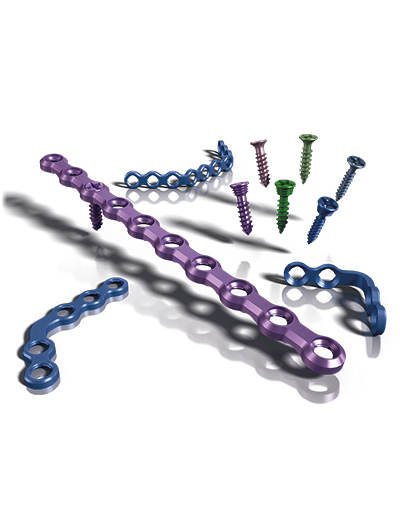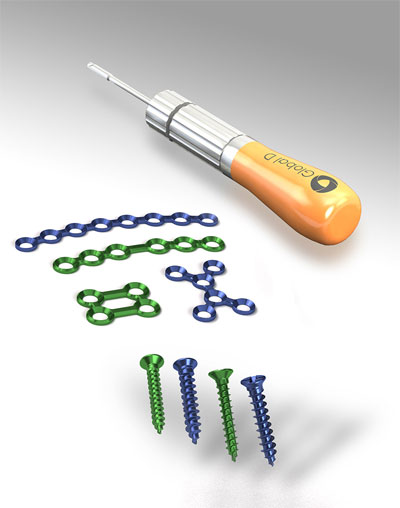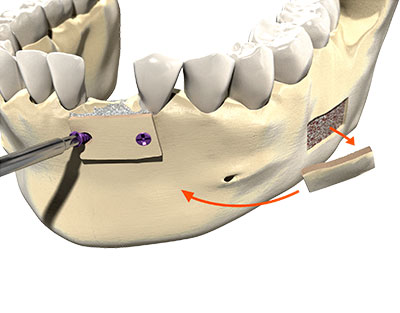Maxillofacial surgical procedures
The most frequently performed surgical procedures are for:
- congenital malformations (facial cleft, cleft lip, labio-maxillo-palatal cleft, etc.),
- facial dysmorphism or malformations (prognathism, retrognathism, vertical or horizontal jaw asymmetry, anterior gap, etc.),
- temporomandibular joint (TMJ) anomalies, ankylosis, injuries, and dysfunction,
- facial infections (maxillary sinusitis, cervicofacial cellulitis, bacterial infection of tooth pulp, etc.),
- mouth cancers (cancer of the mouth floor, tongue, tonsils, palate, cheeks, gums or lips) and oropharyngeal cancers,
- surgical extractions of hard to access teeth with roots that are extremely curved or have been largely destroyed by decay,
- removal of benign tumours and maxillary cysts,
- facial reconstruction using bone grafts and skin flaps or vascular network,
- facial prosthesis or maxillofacial prosthesis types of epithesis,
- diseases and lesions of the oral mucosa,
- pre-implantation surgery (rebuilding of jawbone volume) then implantation surgery.
Implantation surgery procedures
The most frequently used technique for placement of a dental implant takes part in three successive phases:
- complete attachment of the implant to the maxillary or mandibular bone using screws, with gingival closure to enable healing (from 3 to 6 months),
- attachment of the “healing abutment” using screws, to create a space in the gum to enable later attachment of the dental prosthesis, this procedure can only be completed after successful osseointegration of the implant,
- removal of the healing abutment and attachment of the dental crown or prosthesis to the dental implant.






